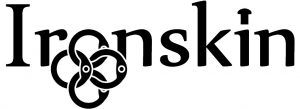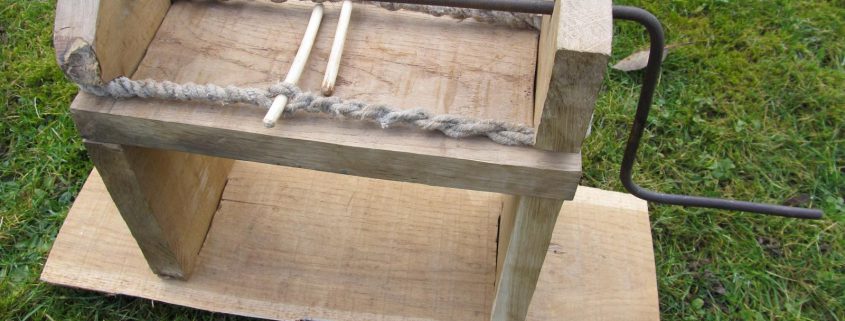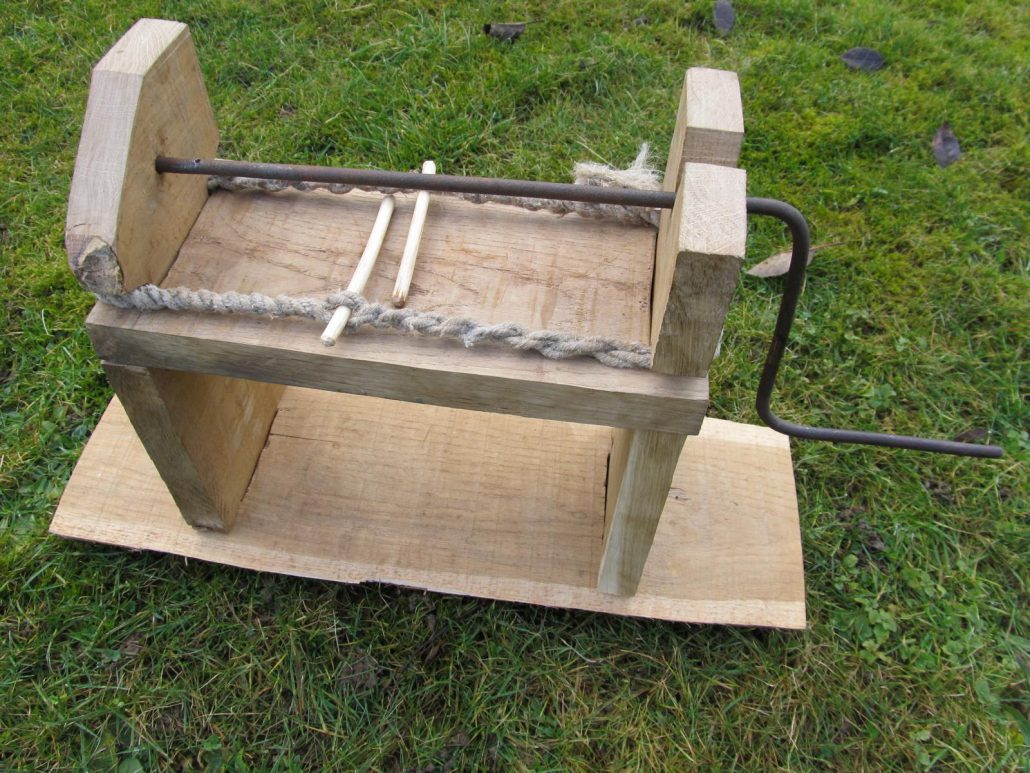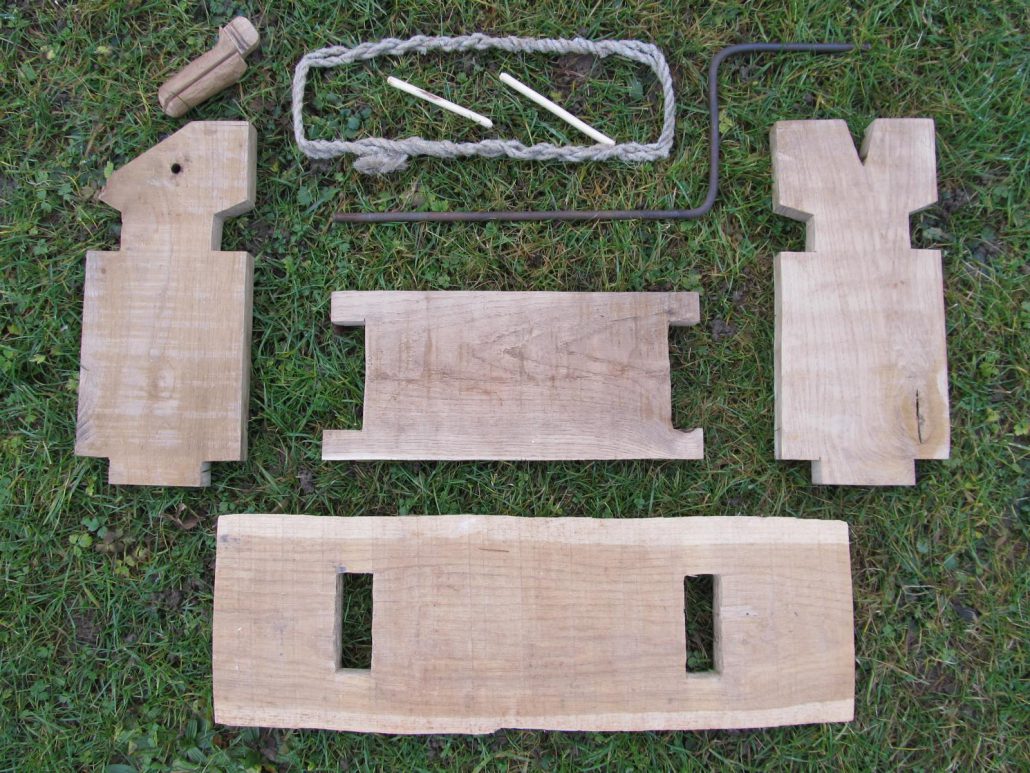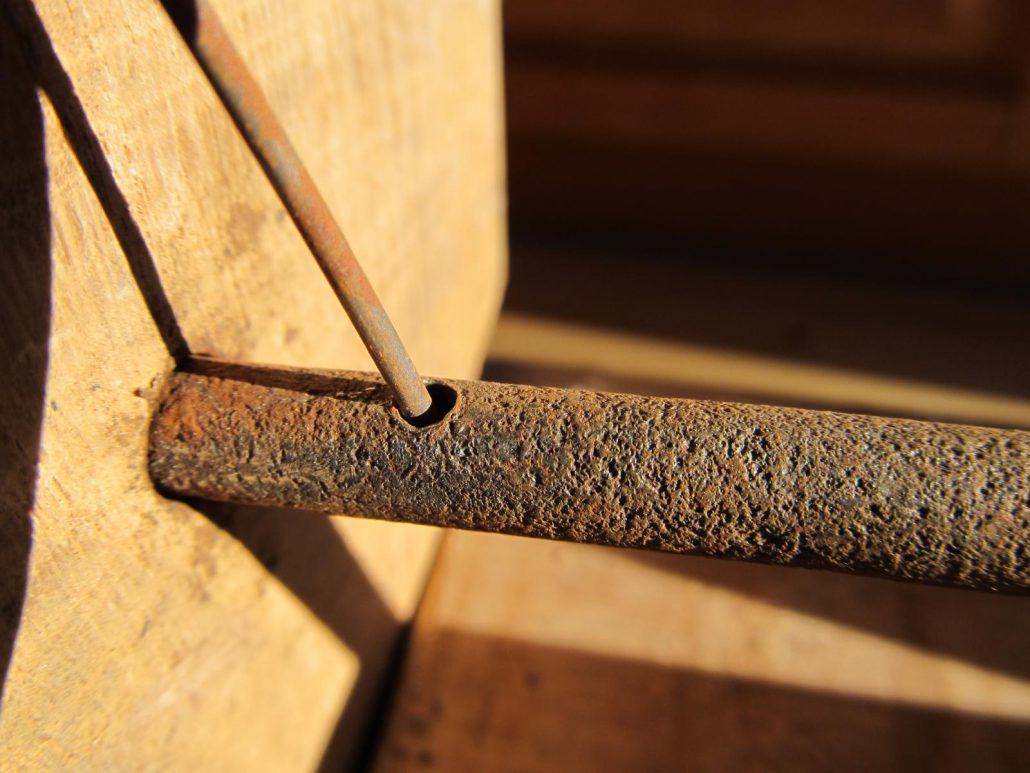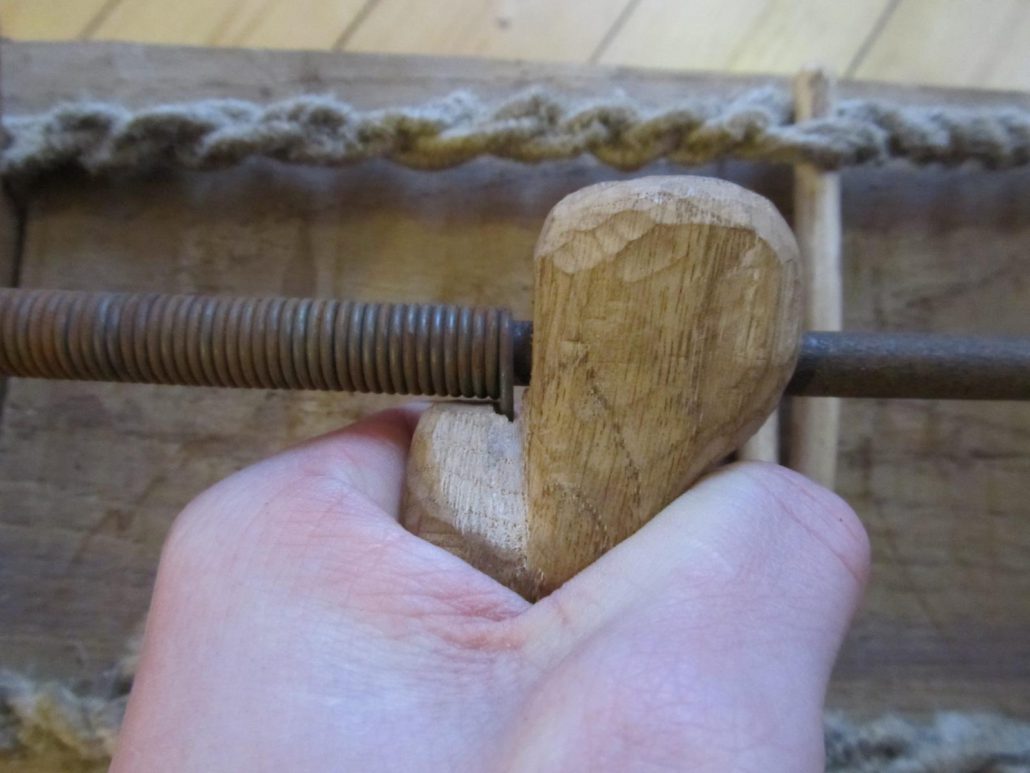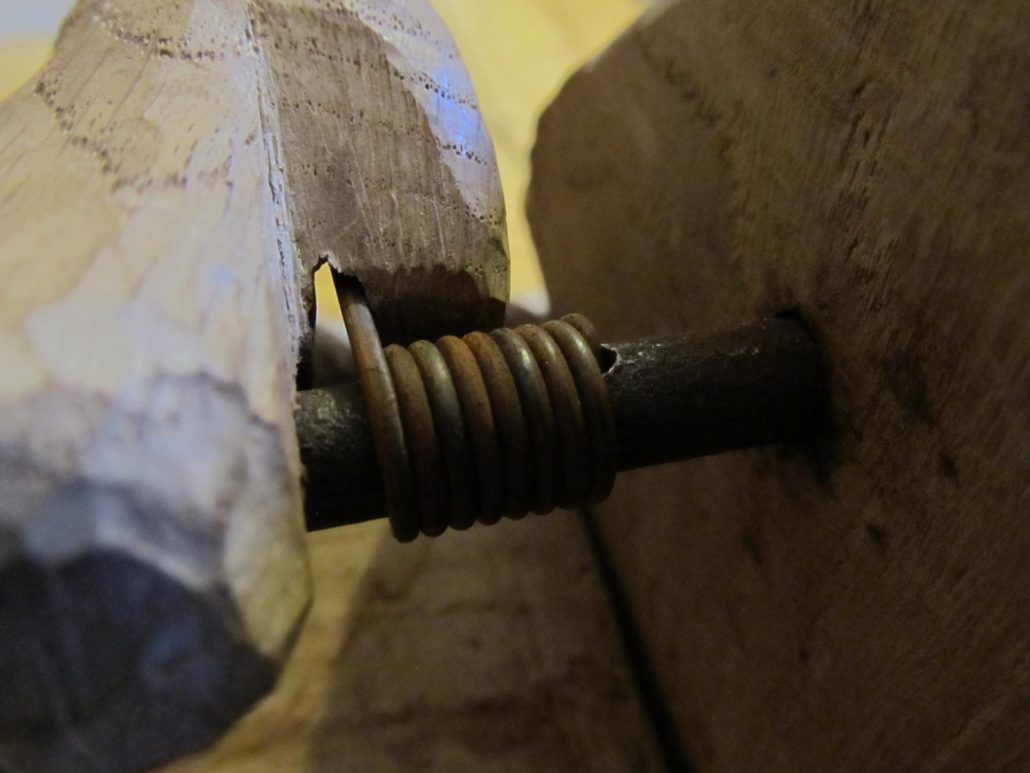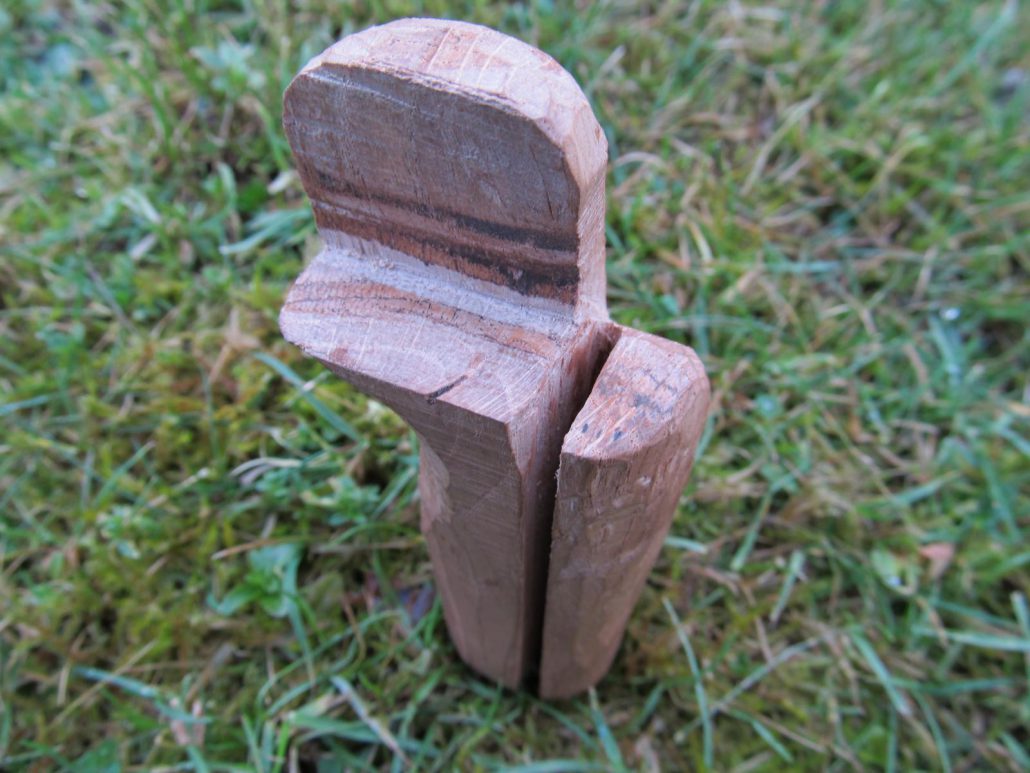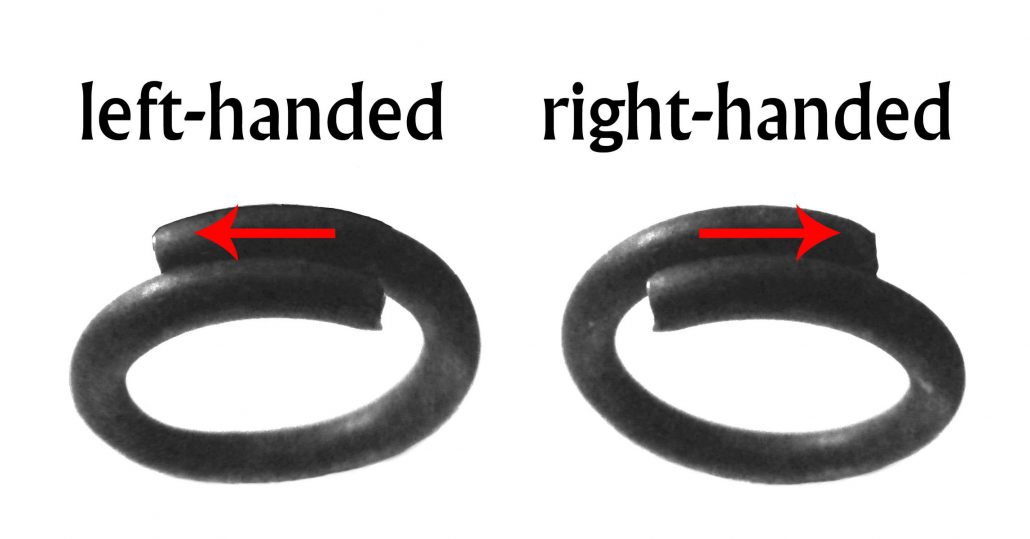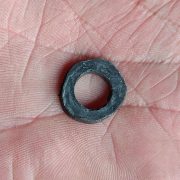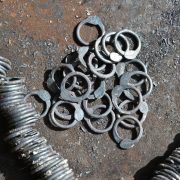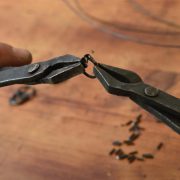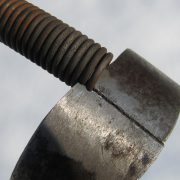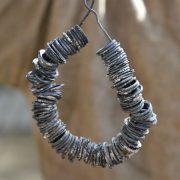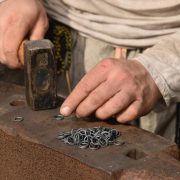Making A Mandrel To Coil Rings For Mail Armor
How to make a mandrel to coil rings for chainmail.
The production of riveted and butted rings begins with the same step: coiling. Therefor wire is wraped several times around a rod. I made a special mount for this purpose:
I intended to use as less metal as possible to gain a feeling for the old times when iron had a high value. The wooden parts are simply stuck in each other. They are fixed by a rope that ist kept on tension by twisting it with small sticks. On the upper side is a hole to the left and a V-shaped groove to the right, to hold the rod with its crank handle. It is possible to take off the rod quickly for removing the coil and to use rods of different diameter. All parts can be cut from planks, yet for the holes of the bottom part, you need a chisel. The rod has a small hole near the end. When I begin coiling I put the wire end in this hole and begin cranking. I have to take care that the wire gets coiled tight, yet does not lay on top of each other. To simplify this I build a helping handle, where the wire runs through.
The result of this working step is a long coil of wire. In the next step, rings will be cut from this coil. Of course, you can use an electric drill instead of the crank. It’s much faster. Yet compared with the whole effort of making mail, coiling doesn’t take much time anyway. Using special constructions for coiling works best if you can use long pieces of wire. Someone who has only short pieces available would probably just wrap them manually around a short rod. Maybe that’s how mail making once started. This is not for sure but anyway that’s how I started. Depending on the method of coiling this work is more or less dangerous. Even the annealed iron wire shown in the pictures has a high tension while being coiled. The end of the wire or the crank will swing around when you suddenly stop holding them. Spring wire contains even more tension. You should wear safety glasses and gloves.
To make riveted rings, rings with overlapping ends are later cut from the wire coil. Depending on the way of coiling (not on the way of cutting), the overlapping can be left- or right-handed. A right-handed person produces right-handed rings by wrapping the wire clockwise from left to right. A left-handed person would tend to wrap from right to left, yet also clockwise. This seems to be the natural way for both left and right-handed people due to anatomical reasons. Hence the result is a left-handed overlapping for a left-handed person. Ancient mail-garments show both cases, but the kind of overlapping within one weave is always the same [1] [2].
[1] E. Martin Burgess: The Mail-Maker’s Technique, Antiquaries Journal Volume XXXIII, 1953
[2]Vergard Vike: Ring weave – A metallographical analysis of ring mail material at the Oldsksamlingen in Oslo, 2000
